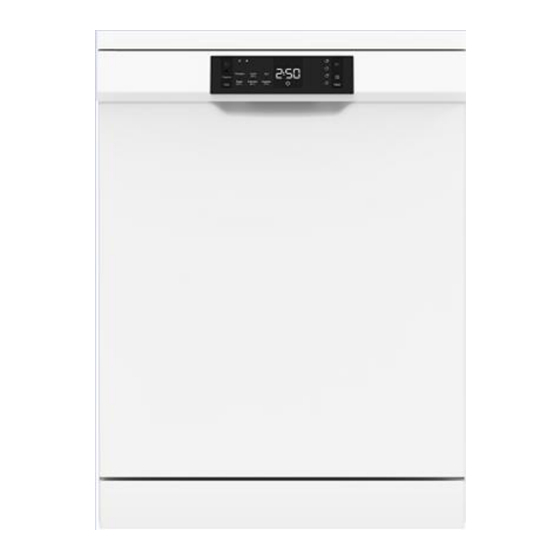Advertisement
Quick Links
ๆ
SERVICE MANUAL
Structural characteristics,
Components &
Accessibility
FOR INTERNAL AND PARTNERS USE ONLY
© ELECTROLUX BA APAC&MEA
TECHNICAL DOCUMENTATION
ELECTROLUX THAILAND
1910 ELECTROLUX BUILDING
NEW PETCHBURI RD BANGKAPI, HUAI KHWANG
BANGKOK, 10310
DISHWASHER
FREESTANDING
SEMI INTEGRATED
Voltage: 110V & 220V
User interface: A1E,A21,A22,A23
User interface: A15
EN
Publication number
599858462
Edition: 03/2022 - Rev. 00
Advertisement








Need help?
Do you have a question about the A15 and is the answer not in the manual?
Questions and answers